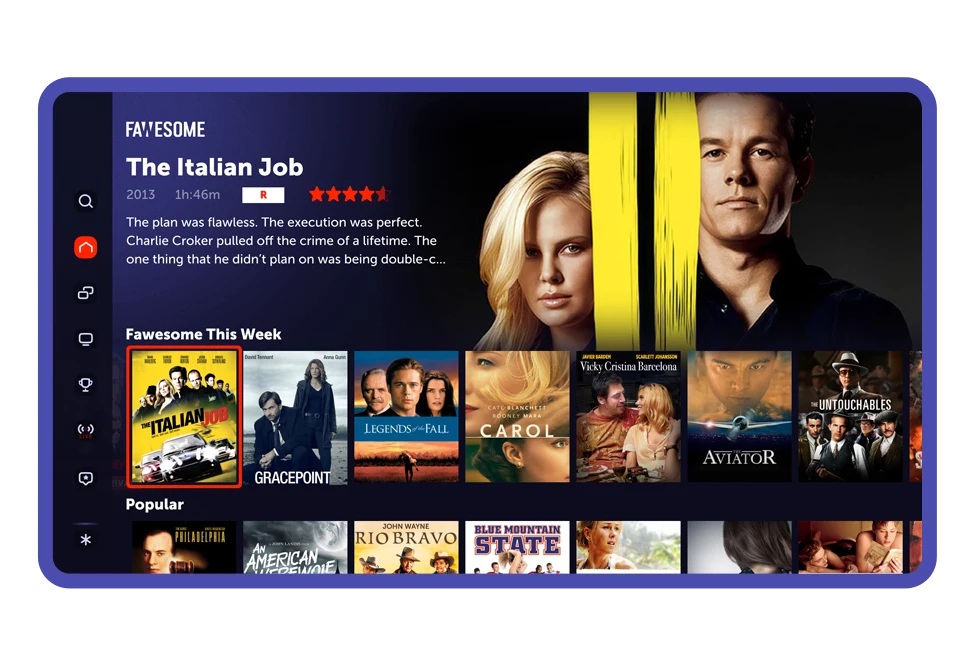ATSC Meeting Explores 3.0 Deployments

WASHINGTON—Real-world deployment and testing of the ATSC 3.0 Next Gen TV standard was front and center at the Advanced Television Systems Committee Annual Meeting here yesterday (May 23) with reports from Pearl TV, Sinclair Broadcast Group, Capitol Broadcasting, NAB and public broadcasting.
The first session of the day, “Reports from the Road” moderated by Tom Butts, content director of TV Technology, demonstrated for the sold-out event just how far Next-Gen TV has come over the past few years.
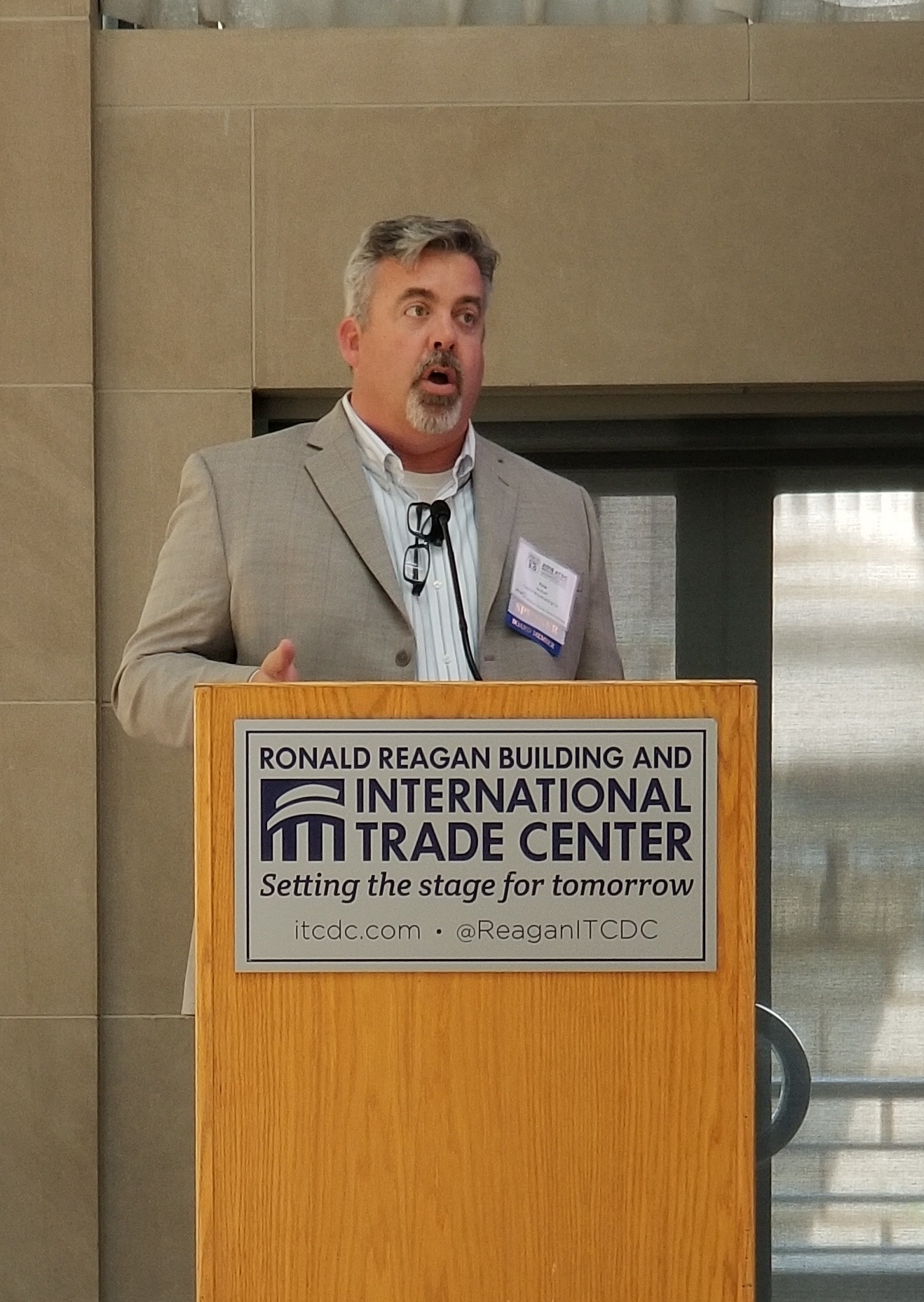
“The last two years, we’ve had the [3.0] transmission going…,” said Peter Sockett, director of engineering and operations at Capitol Broadcasting Company, owner of WRAL-TV in Raleigh-Durham, N.C., during the session. “I looked at this entire [3.0] ecosystem, and it worked,” he said, recalling a special Next-Gen TV demonstration CBC made in February of 4K UHD HDR from NBCOlympics’ coverage of the Winter Games transmitted over the air via 3.0.
[Read: WRAL-TV Showcases Next Gen TV’s Potential]
“It all just played. It worked as you’d expect…. We are actually beyond the whole cliché of 'crawl before you walk; walk before you run.' We are beyond crawl.”
The session began with a presentation by Anne Schelle, managing director of Pearl TV, about the ongoing 3.0 model market project the station consortium is leading in Phoenix. Twelve broadcasters are participating in the project, which among other things seeks to give broadcasters “a place to develop a common framework that will be needed for an end-to-end system in a basic [Next-Gen] TV service to be finally commercialized,” said Schelle during her presentation.

“You’ve got this 10,000-plus-odd page standard,” she said. “There are a lot of great capabilities that broadcasters can bring to the marketplace, but where do you start, and how do you think about the consumer in all of this?”
Get the TV Tech Newsletter
The professional video industry's #1 source for news, trends and product and tech information. Sign up below.
One place is with the cooperation of competitive stations in the market in the form of channel sharing as a means to protect legacy DTV viewers while freeing up spectrum for Next-Gen TV service.
In Phoenix, that has meant KNXV-TV, KPNX and KTVW, owned by Scripps, TEGNA and Univision, respectively, making room for KFPH-CD’s Escape, Get, and Unimas 1.0 services to free up KFPH-CD to serve as the first 3.0 stick in the market.
KFPH-CD, which lit up with 3.0 service April 6, is serving as an open, collaborative testbed for the consumer electronics community, the vendors building out the Next-Gen transmission system, broadcasters and consumers, she said.
[Read: Phoenix Model Market Launches Next Gen TV Broadcasts]
Phoenix broadcasters will cycle through KFPH-CD to gain their own experience with 3.0. The plan is to put a second 3.0 stick on air in November, she said.
Last week, FCC Commissioner Michael O’Rielly visited Phoenix to see the model market at work for himself. Next-Gen TVs from LG, Samsung and Sony were used to receive a 3.0 1080p HDR signal for the demo, she said, adding that Dolby AC-4 audio and advanced emergency alerting were demonstrated.
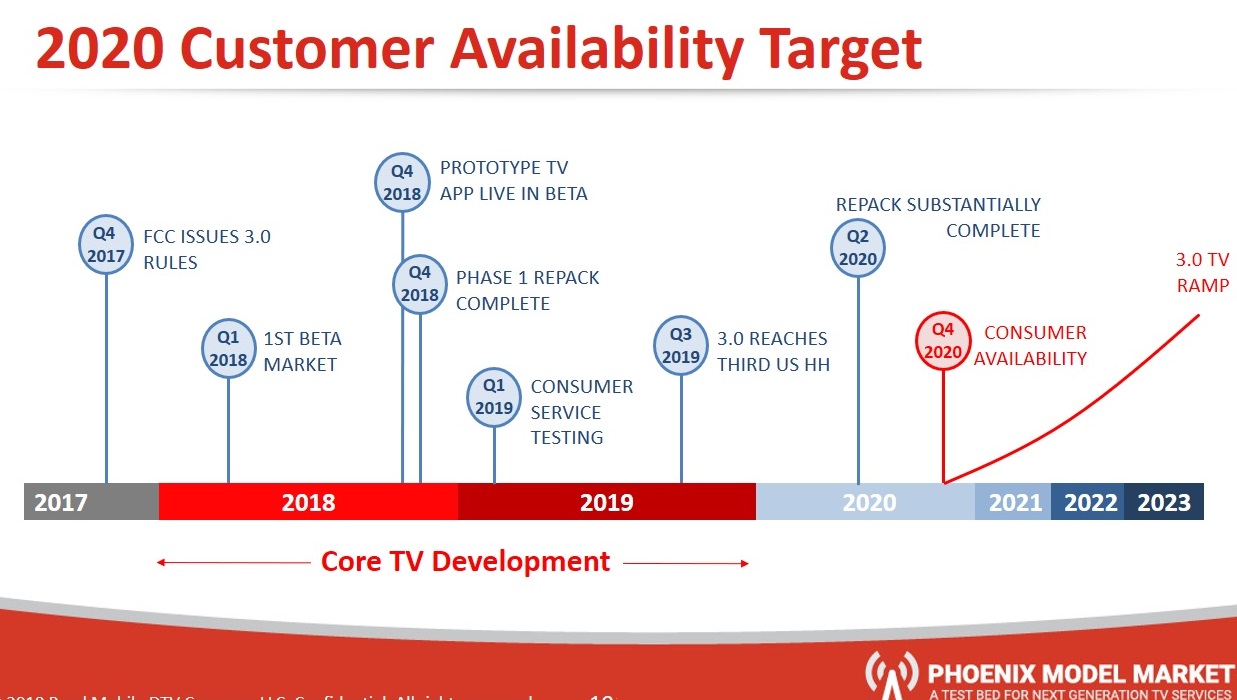
Consumer labs are being set up in the market to get feedback from viewers on Next Gen TV service, many of which will go online later this year; however, as viewers have learned of the 3.0 rollout through mandated public notifications, many have already expressed interest in receiving Next-Gen TV, Schelle said.
Mark Aitken, vice president of Advanced Technology at Sinclair Broadcast Group, updated the meeting on the company’s deployment of a 3.0 single frequency network in Dallas.
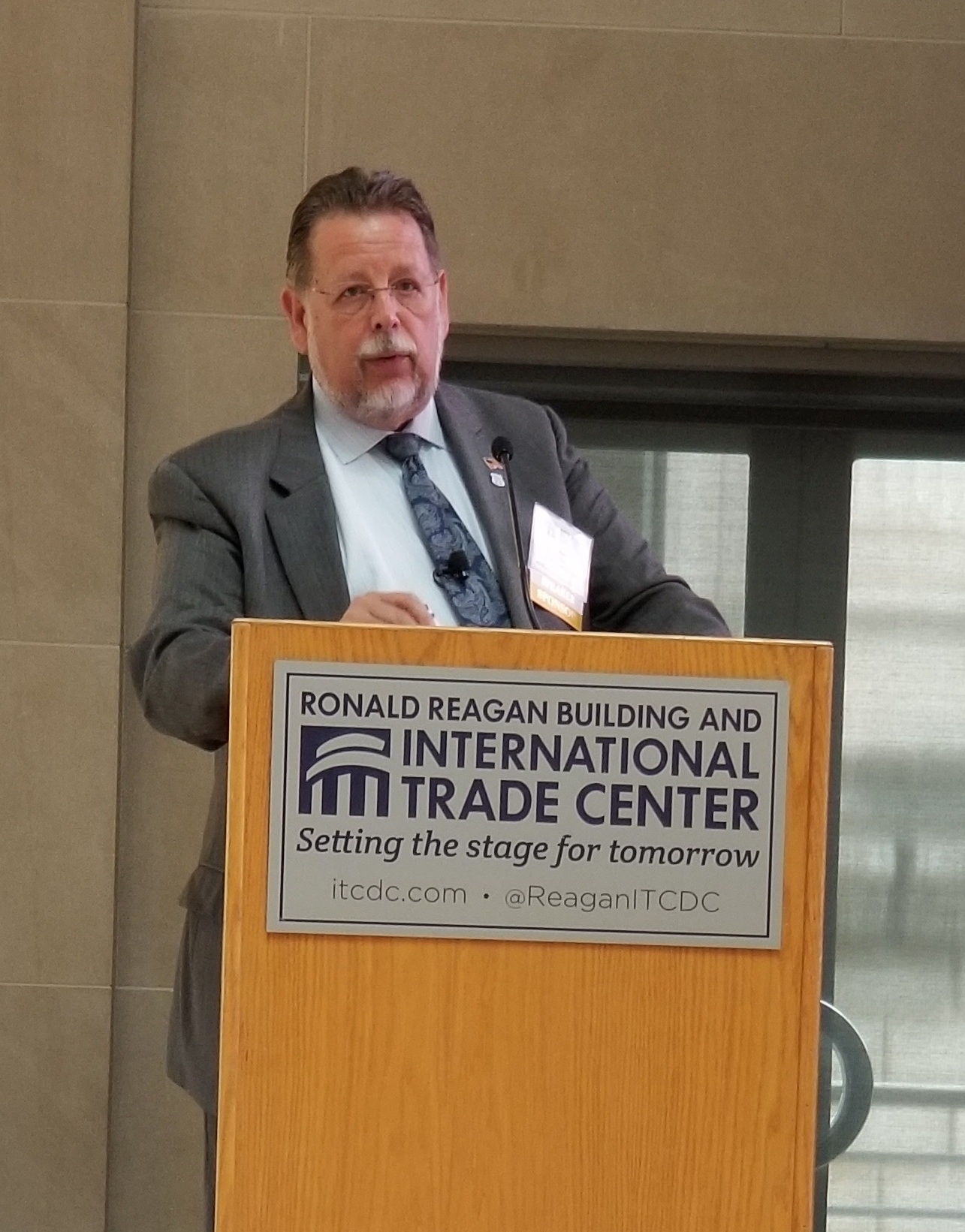
“It’s a lot more than an SFN project,” he said. “Baltimore, in fact, was the first SFN project.”
Some of the knowledge gained from that project was on display in the lobby of the Ronald Reagan Building where the ATSC Annual meeting is being held, including a demo of SHVC being delivered over the air, he pointed out.
However, the Dallas SFN deployment of 3.0 is the beginning of Sinclair’s nationwide rollout of Next Gen TV, he said. But before the Sinclair deployment began –or any other SFN rollout for that matter starts—it is imperative for broadcasters to answer a single question. “Why are you doing this?” said Aitken. “If you answer the why you can start to figure out what it is you need [in terms of technology] to answer the why.”
[Read: Q&A: Mark Aitken On Dallas Next-Gen SFN Trial]
In Sinclair’s case, the answer centers on the station group’s desire “to address all device types of the future –not just the ones we have in hand today,” said Aitken. Those include automotive and deep indoor, thus all of the devices need to have sufficient RF saturation. “If you haven’t got signal level, you haven’t got anything,” he said.
Sinclair is using the Dallas deployment to develop a rollout strategy that leverages tower resources as they are, not as they ideally could be, he said. That means Sinclair is using an existing 1,000-foot TV tower, a 400-foot TV tower and a former AT&T microwave replay tower for its SFN sites.
“The fact is in many cases you are building to what exists,” said Aitken. “So the question is how do you get around the encumbrances.”
As Sinclair deploys its SFNs around the country, Spectrum Co is going to roll out with a minimum of two ATSC 3.0 Next-Gen TV stations in each market. “The reason is, frankly, we need capacity to invite people in to do the experimenting. Not just to do television but to do all the other things that are possible with the standard,” said Aitken.
Quoting Nexstar President and CEO Perry Sook, Aitken said: “It’s really about monetizing underutilized spectrum.”
NAB Senior Vice President of Technology Lynn Claudy reported on 3.0 tests conducted in February and March in Cleveland at WJW. NAB and CTA have partnered with the Tribune station to create an independent facility for broadcasters and vendors to test ideas and prototypes of 3.0 technology.
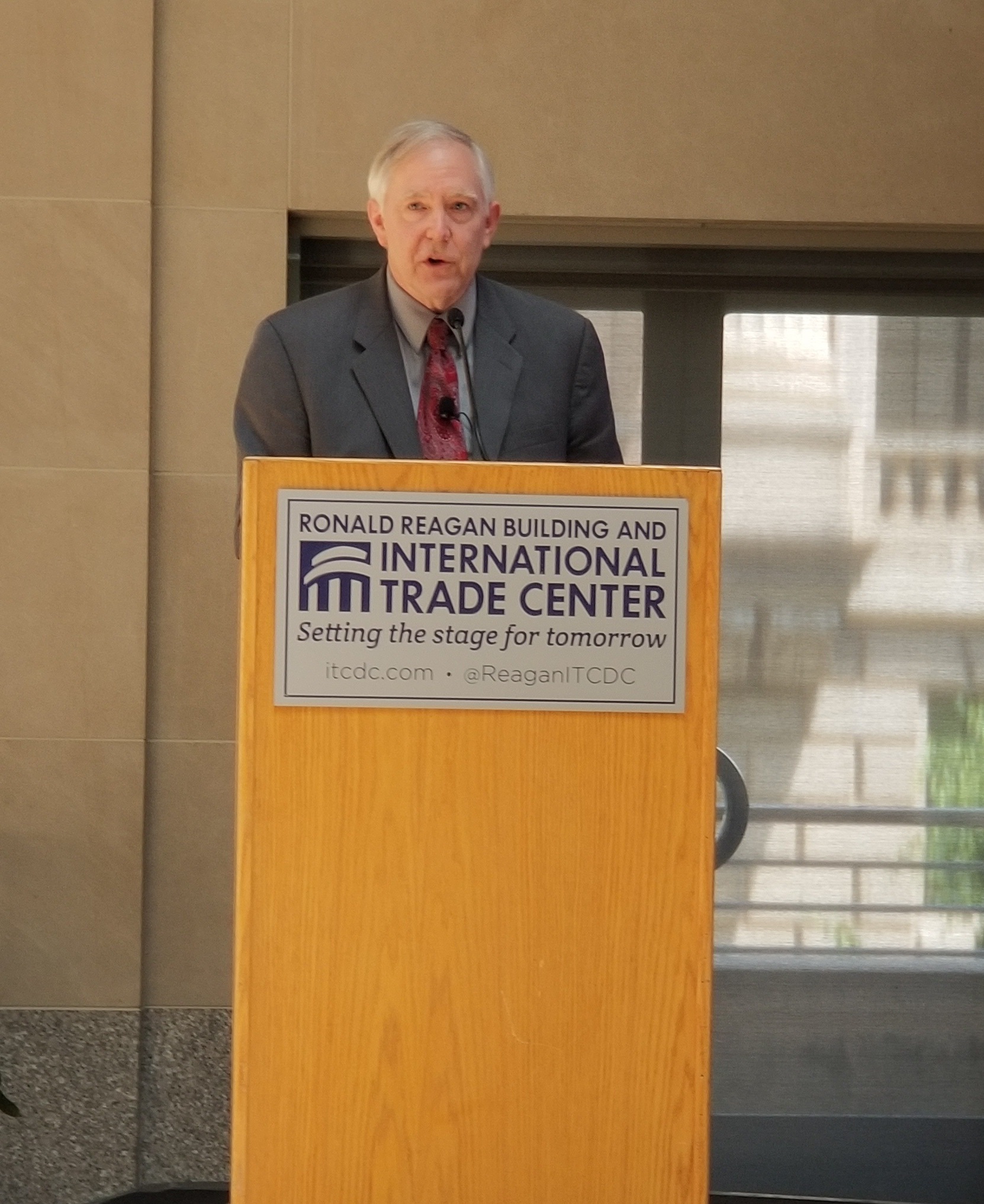
The 3.0 field testing conducted from Channel 31’s 1,000-foot tower delivering slightly over 400kW ERP might best be summed up with a spin on the business aphorism: "You can have it good, fast and cheap. Pick two," said Claudy.
In the case of Next-Gen TV from a single high-power stick, broadcasters can have two of these three: a high data rate, very robust reception and robust reception throughout the entire market, said Claudy. “If you want to get all three, you need to begin thinking differently –maybe an SFN to do that,” he said.
For the Cleveland test, Claudy’s team took 800 field strength measurements at 100 sites in the market. Four different PLPs that were time division multiplexed were used to look at different data rates with different levels of robustness, he said.
[Read: NAB-CTA Team On ATSC 3.0 Test Lab]
An antenna affixed to a 30-foot telescopic mast mounted on a van was used together with receiver and monitoring technology from South Korea's ETRI to take readings when fully extended and at the roof level of the van at 12 feet.
On the high data throughput end of the continuum was a 256 QAM modulated signal supporting 28Mb/s. On the highly robust end was 16 QAM delivering 4Mb/s. Two modes in the middle were used –one to emulate an ATSC 1 data rate and the other for a handheld mode, said Claudy. As would be expected, the less robust modes were less successful in terms of service availability, he said.
Claudy also addressed what it takes to get 3.0 on the air today. Broadcasters still can’t simply go through a catalog, buy what’s needed and get it running. That will be “bumpy,” he said.
While that observation on the surface may appear to be at odds with Sockett’s characterization of the 3.0 ecosystem, even CBC’s OTA demo of the Winter Olympics required a degree of handholding from the vendor community –specifically when it came to deployment of Dolby AC-4 audio.
Since the PyeongChang 4K UHD coverage, CBC has been running 4K UHD content from NASA TV, said Sockett during his presentation.
Besides its PLP 1 LDM enhanced layer used to transmit a 20Mb/s payload with 22dB SNR, CBC is using PLP 0 for a highly robust core layer delivery with 4.5Mb/s throughput at just under 3dB SNR, he said.
Used for mobile delivery, PLP 0 transmits content to Sockett “on the way home driving at posted speed limits plus maybe nine,” he said to chuckles from the audience.
Sockett also mentioned a recent success for ATSC 3.0 in North Carolina where first responders are beginning to provide emergency information that can be parsed into 3.0.
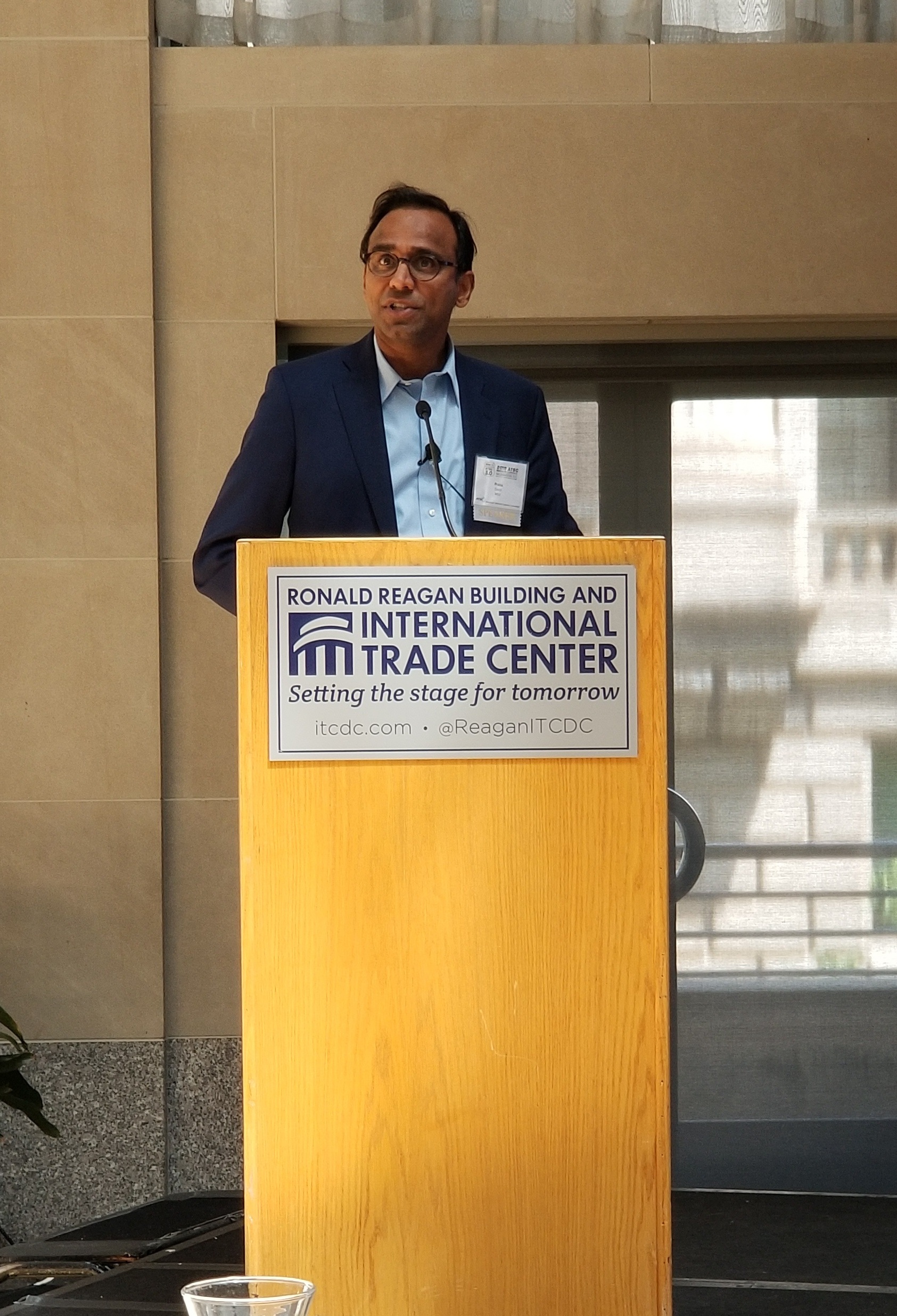
The session wrapped up with Prabu David, Dean of the College of Communications Arts and Sciences at Michigan State University, where WKAR is expected to deploy 3.0 this fall; and Marc Hand of the Public Media Venture Group, a consortium of 25 public media entities, that has been created to address 3.0.
“This is a group of stations that is very bullish on ATSC 3.0,” said Hand. The Public Media Venture Group is looking at the Next Gen TV standard in the context of education, emergency alerting and exploration of a range of partnerships, including how to work with commercial stations.
At Michigan State and WKAR, the focus will be on exploring “opportunities for creating interactive content to really tell a compelling story,” said David. MSU researchers from the fields of engineering, social science, medicine and automotive will contribute to the effort, he added.
Phil Kurz is a contributing editor to TV Tech. He has written about TV and video technology for more than 30 years and served as editor of three leading industry magazines. He earned a Bachelor of Journalism and a Master’s Degree in Journalism from the University of Missouri-Columbia School of Journalism.

